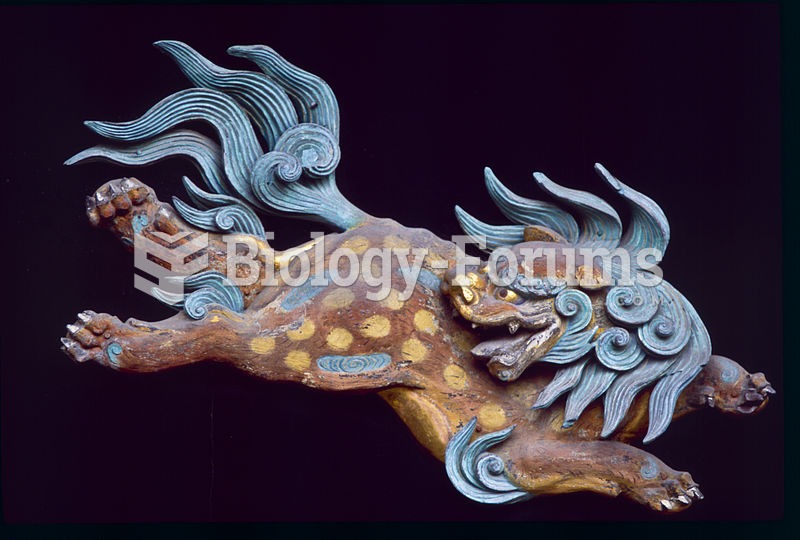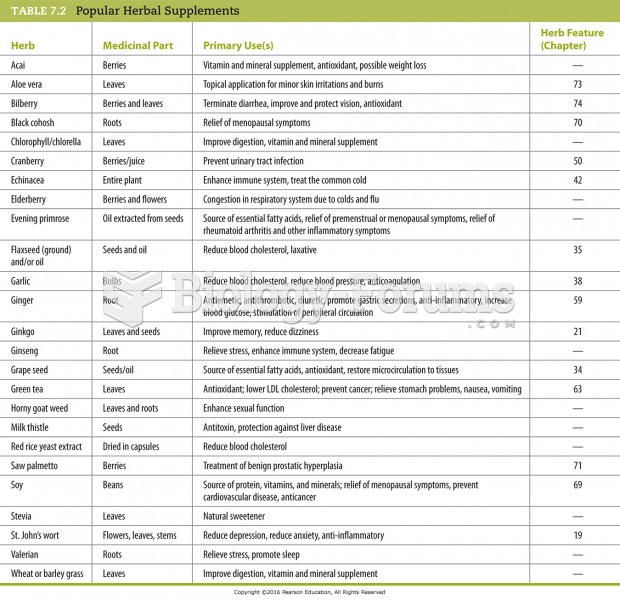Answer to Question 1ANSWER: Answers will vary.
From the 1930s, film songs performed by small, Western-style, jazz/pop bands accompanying a pentatonic melody sung by a female film star became popular. Often these songs presented lyrics with charming romantic imagery, but some films carried a message about social inequalities.
In 1949, following the Communist victory in a bitter civil war, the popular music industry shifted to Taiwan and Hong Kong where it was shaped by new trends in Western and Japanese music as well as by the dual roles of singers as popular film stars. Meanwhile, the mainland saw the promotion of mass singing as part of political campaigns in place of popular music.
By the 1980s, popular music began to return to mainland China, through imported foreign styles and the rise of a variety of indigenous popular music styles such as Northwest style, Chinese rock, and karaoke. Gradually--and even in Hong Kong--Cantonese and Taiwanese dialect lyrics have been dropped for those in Mandarin, as that represents the largest market.
The current internationalizatio n of contemporary Chinese music is exemplified by the Twelve Girls Band and their electronically mediated arrangements of Chinese music performed on traditional musical instruments such as erhu and pipa.
Answer to Question 2ANSWER: Answers will vary.
Answers may refer to religious change following Christian missionary work, industrialization, the migration of Bunun to towns and cities, and the decline of use of the Bunun language in everyday life.
Christianization has brought new hymns and praise songs to villages, led to the dropping or changing older forms of worship (which included singing), and seen churches become centers in the preservation of village culture. Industrialization and migration mean young people leave the villages and hear non-Bunun music, either elsewhere or via broadcast in their home villages. They can buy and learn new instruments such as the guitar and piano. Hunting songs are retained mostly as folkloric culture rather than a functional part of daily life. Linguistic change impacts vocal music especially strongly, with many Bunun now preferring to sing in Mandarin Chinese and also preferring songs in that language.







